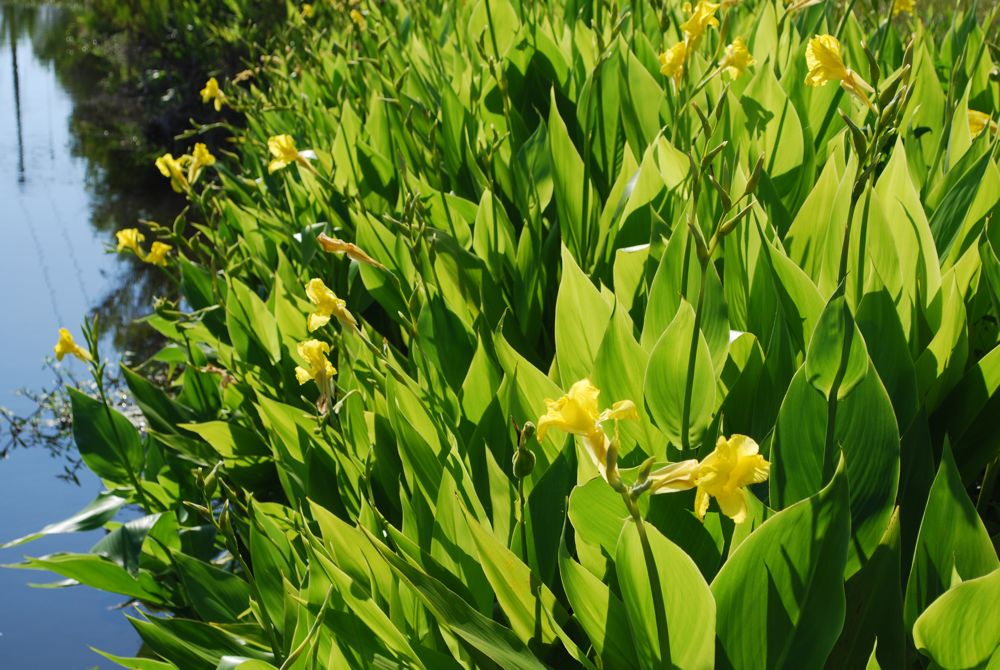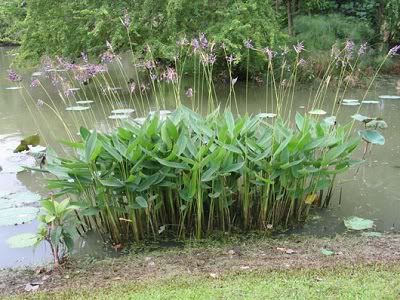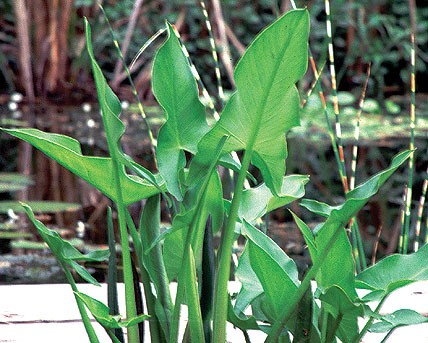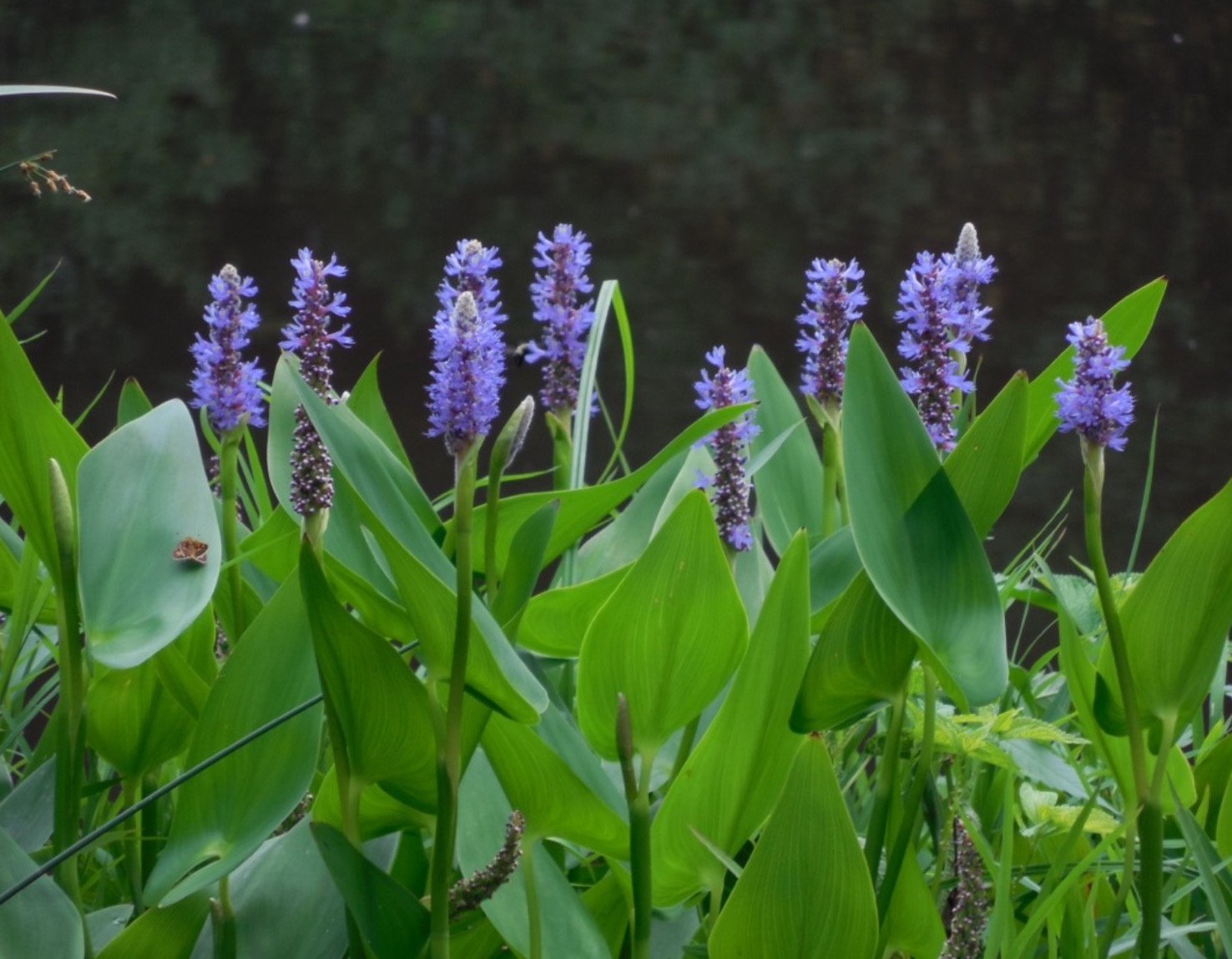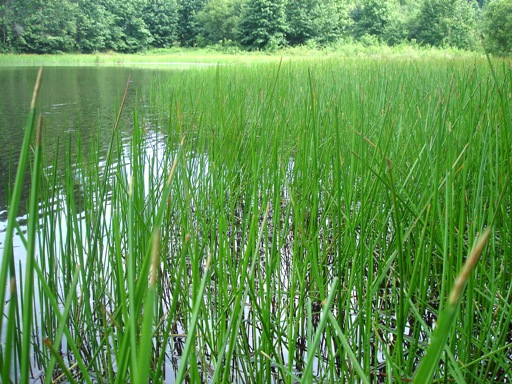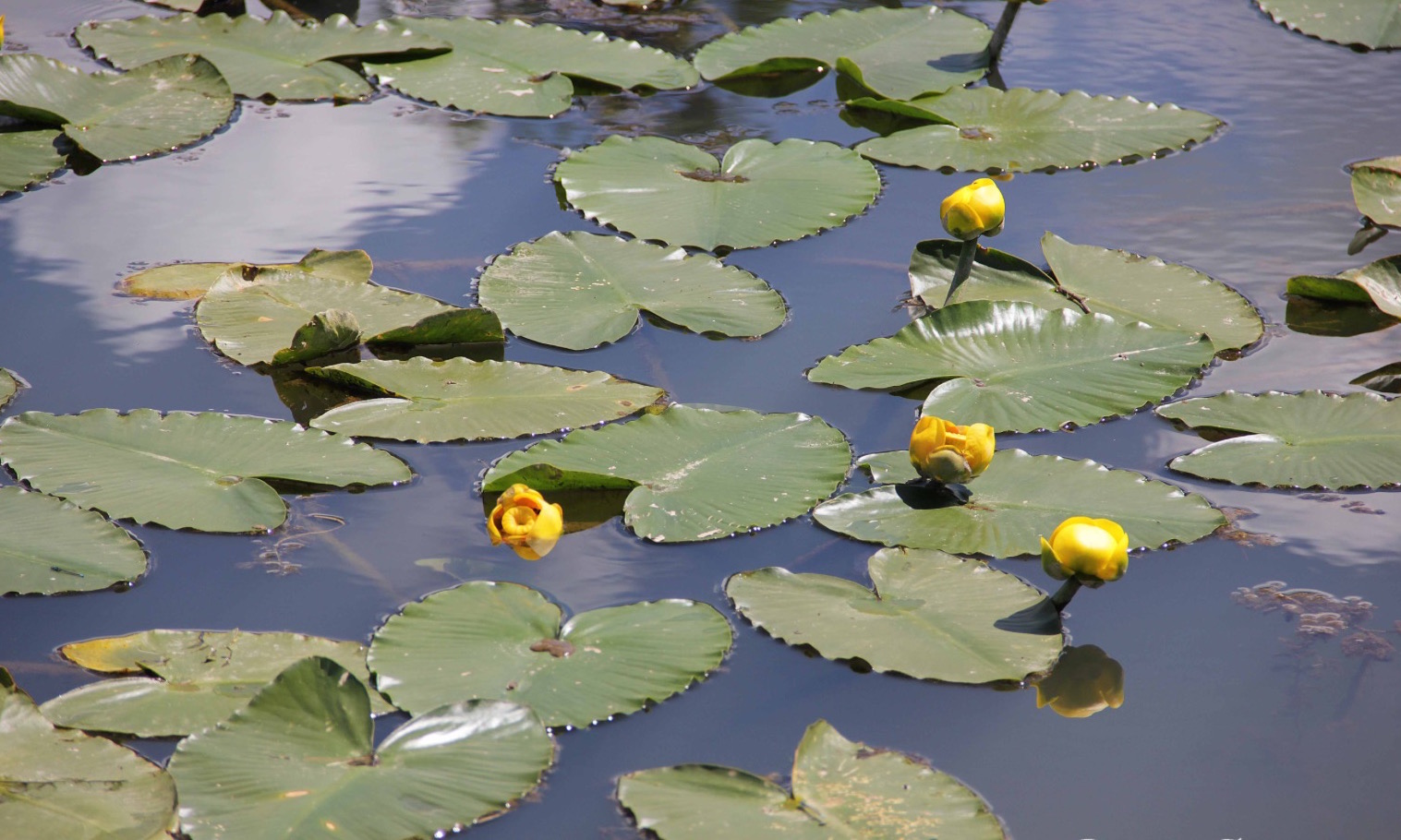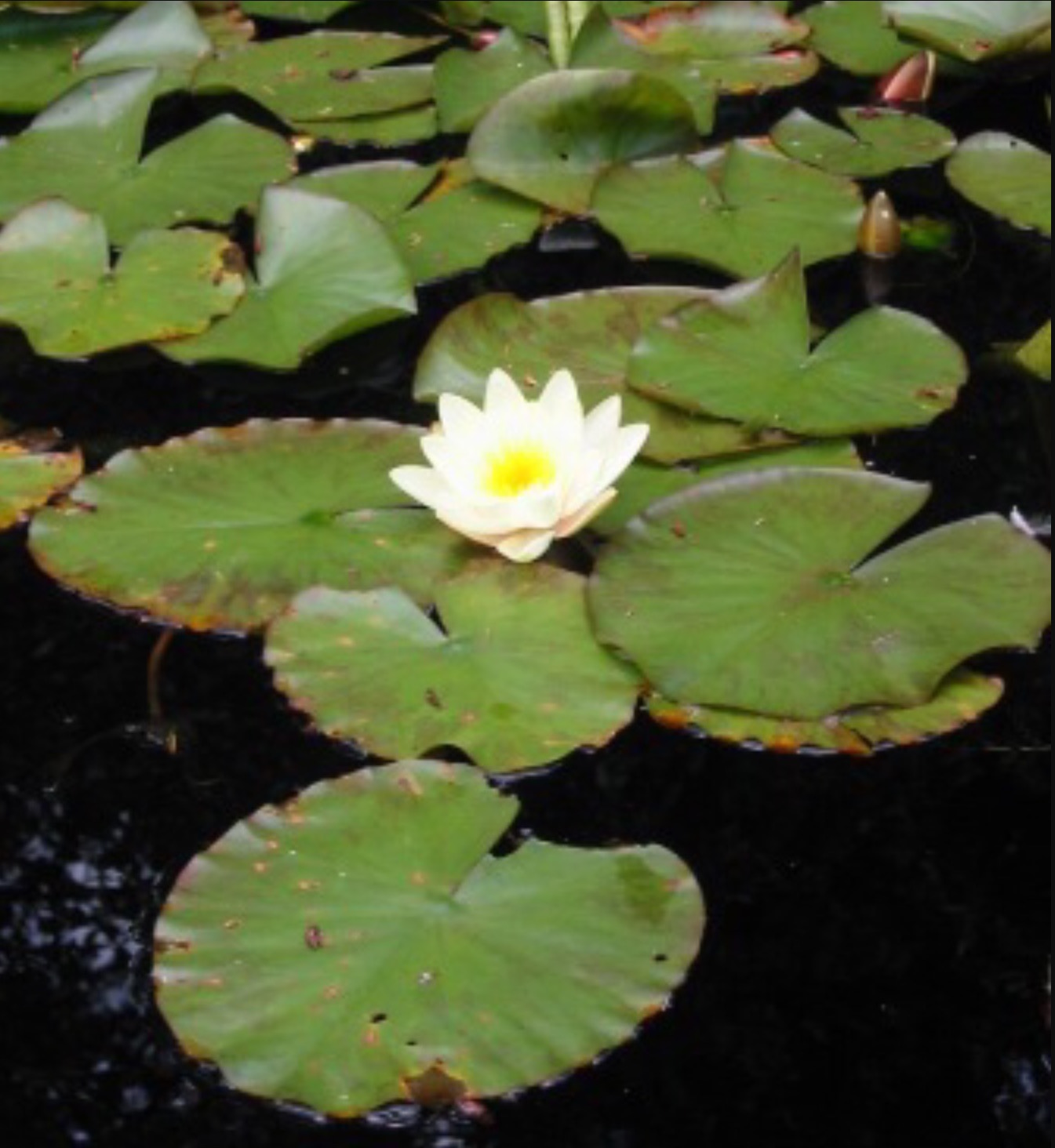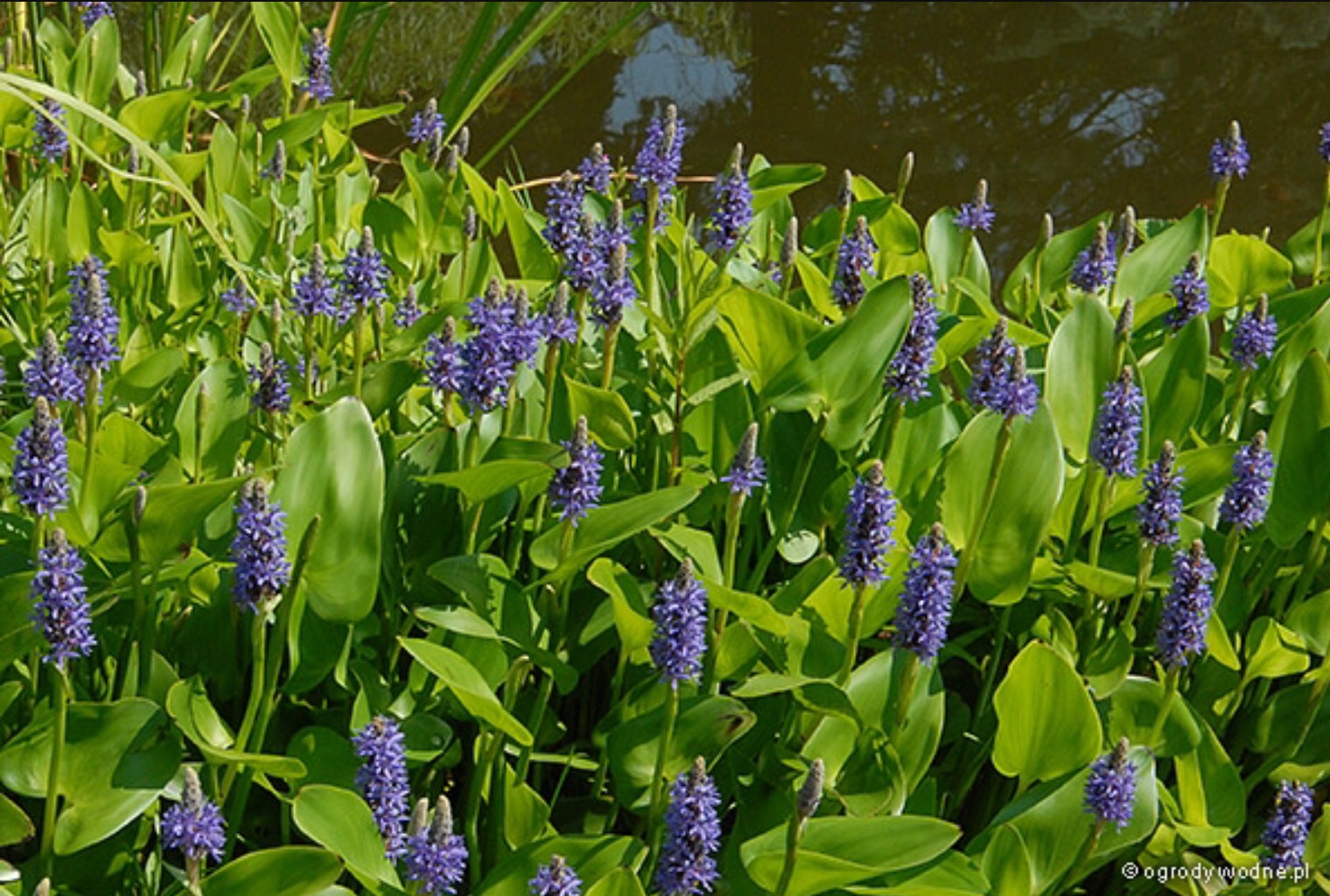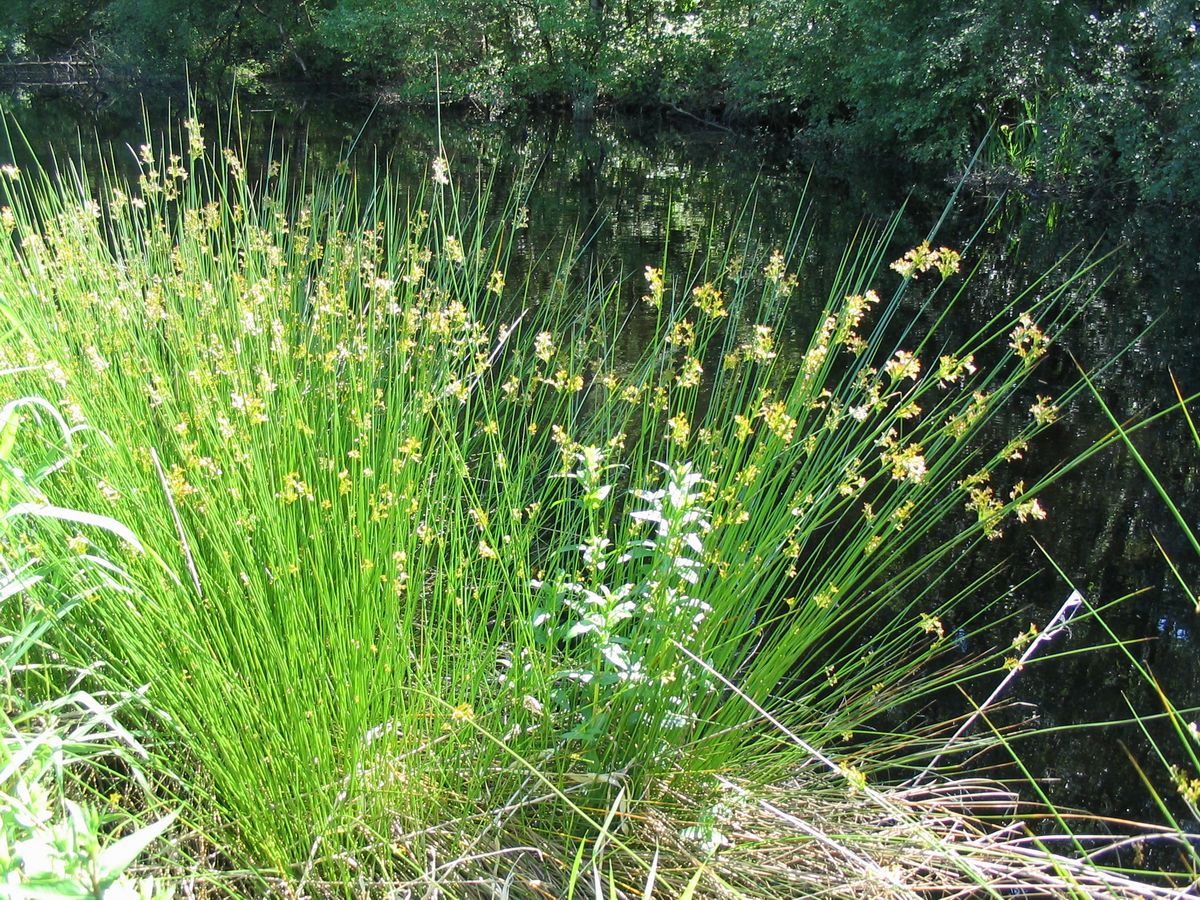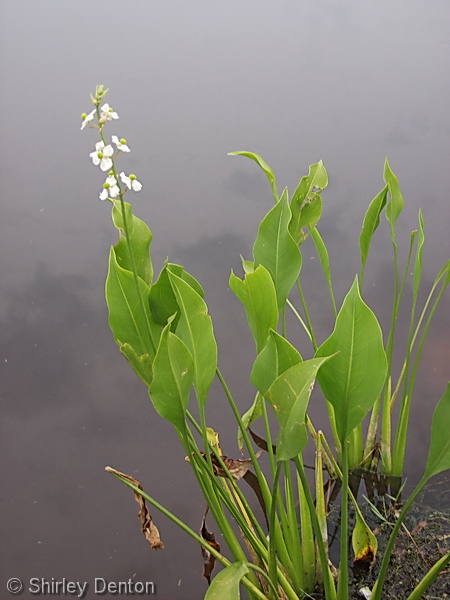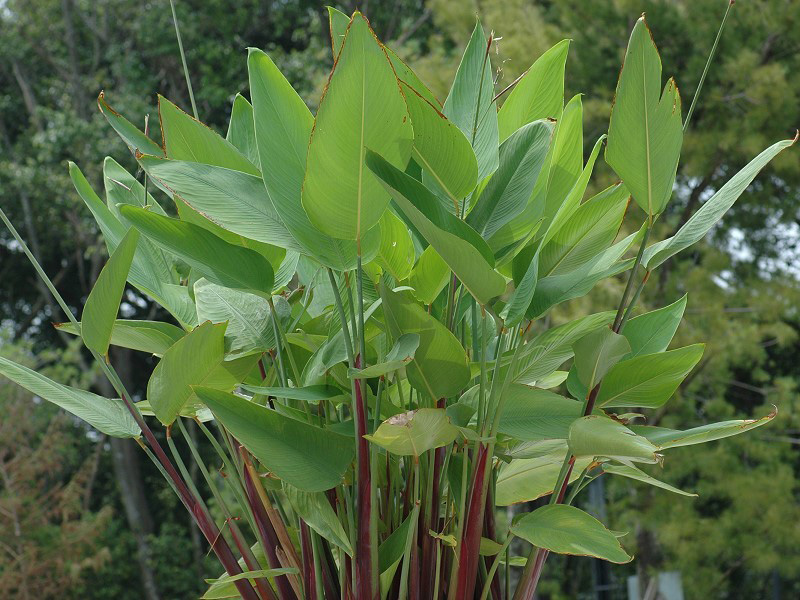Native Florida Aquatic Plants
Benefits
- Help to prevent erosion by stabilizing the shorelines where turf, with very week root structure, would allow for washouts. Another major cause of washouts are from Tilapia and Plecostomus bedding near and under the shoreline, respectively. A perimeter of aquatic plantings would keep fish from undermining the embankments. This stability helps to protect pond structural integrity by minimizing silt build up due to erosion, enabling the pond to hold a constant volume of water.
- Aquatic plants aid in water quality by utilizing nutrients that are in the water column, thus minimizing what is available for use by algae and nuisance weed growth. This is particularly helpful when ammonia levels are high due to overpopulation of fish, which can result in algal blooms.
- Assist in oxygenating the water, thus forestalling dissolved oxygen depletions and possible "fish-kill" conditions brought on by overpopulation of fish or inclement weather
- Act as a bio-filter for stormwater/street "runoff" and minimizing turbidity or algal blooms that may result from large influx of nutrients or sediment flushing into said pond.
- Plants provide a food source for various fish and animal species, thus enhancing the natural development of an ecosystem and long term sustainability of the water body.
- They also provide shelter to fish "fry", enabling a proper balance of species within the pond/lake's ecosystem.
- They shield shallow water areas from excess direct sunlight. This helps to regulate the water temperature of the water body. As algae thrives in nutrient rich shallow, warm water, aquatic plants help to stall or limit algae growth.
- Aquatic plants provide a great aesthetic appeal to what wold otherwise be a drab and plain shoreline. By adding color through their flowers or contrast from the plant itself against the dark backdrop of florida water ways.
- Densely, native planted shallow areas minimize where nuisance species can gain a foothold.
